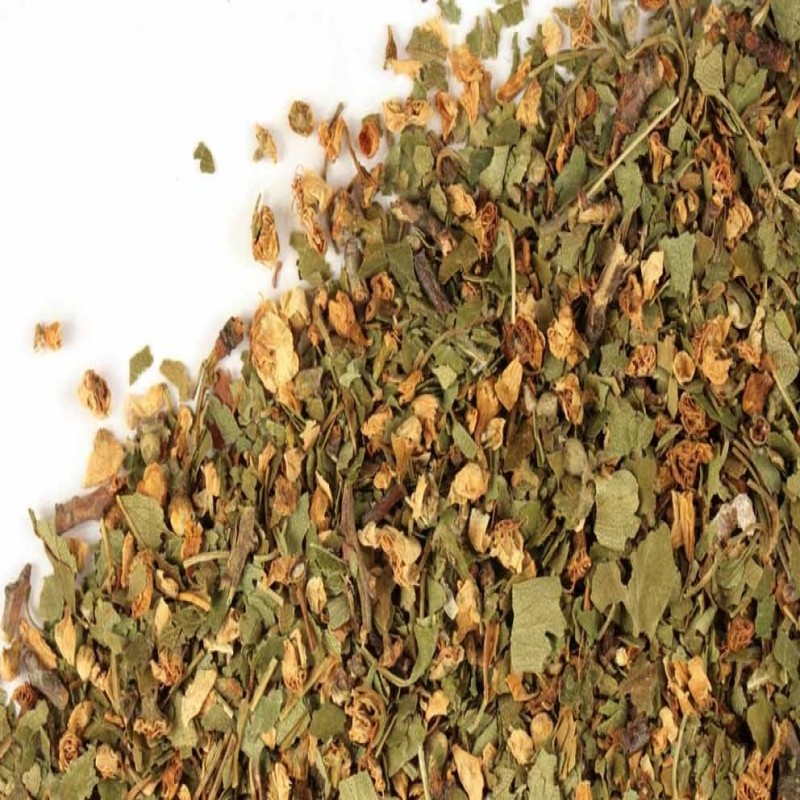Packaging: 25g (or 500g & 1kg) containing the aerial parts of the plant.
(Price includes VAT)
Other Names: Trikoukia, Koudoumoulia, Mourtzia, Bourboutzelia, Tsampournia, Xagkathia, Oxyacanthia, Glogos, & Mourtzia
Properties:
● Cardiotonic, as it relaxes and dilates the arteries.
● Relaxant.
● Antioxidant.
● Inhibits the angiotensin-converting enzyme (ACE), which converts angiotensin I to angiotensin II.
● Used for insomnia.
● Helps in cases of diarrhea.
● Excellent for cholesterol problems.
● Lowers hypertension and raises hypotension.
● Reduces angina symptoms.
● Memory tonic.
● Dilates blood vessels.
● Used for kidney and bladder stones.
For hypertension, blood pressure, and circulation, combine hawthorn with lemon balm, stevia, nettle, burdock, artemisia, dandelion, and ginkgo biloba. By combining tinctures of hawthorn, lemon balm, nettle, burdock, artemisia, dandelion, and ginkgo biloba, we achieve incredibly effective results for our health and the aforementioned conditions.
If you like our hawthorn, check out other products we prepare with hawthorn, such as hawthorn tincture, hawthorn capsules (70 pieces, 600mg), hawthorn in tea bags, a tincture blend for the lymphatic system, and a tincture blend for hypertension.
Origin: Greece. Imathia region (collected from the Pieria Mountains).
Storage: Store in a cool (5°C – 15°C) and dark place.
Preparation:
1 tablespoon of crushed hawthorn (or a pinch of whole) is placed in a container with 1 cup of water, boiled for 5–10 minutes, then allowed to steep before straining and drinking.
Historical Notes:
Hawthorn has traditionally been used in Europe for kidney and bladder stones and as a diuretic. Herbal texts from the 16th and 18th centuries, by Gerard, Culpeper, and K’Eogh, mention all these uses. Modern use of hawthorn for circulatory and heart problems stems from an Irish doctor who began successfully using it for these conditions in his patients toward the end of the 19th century.





